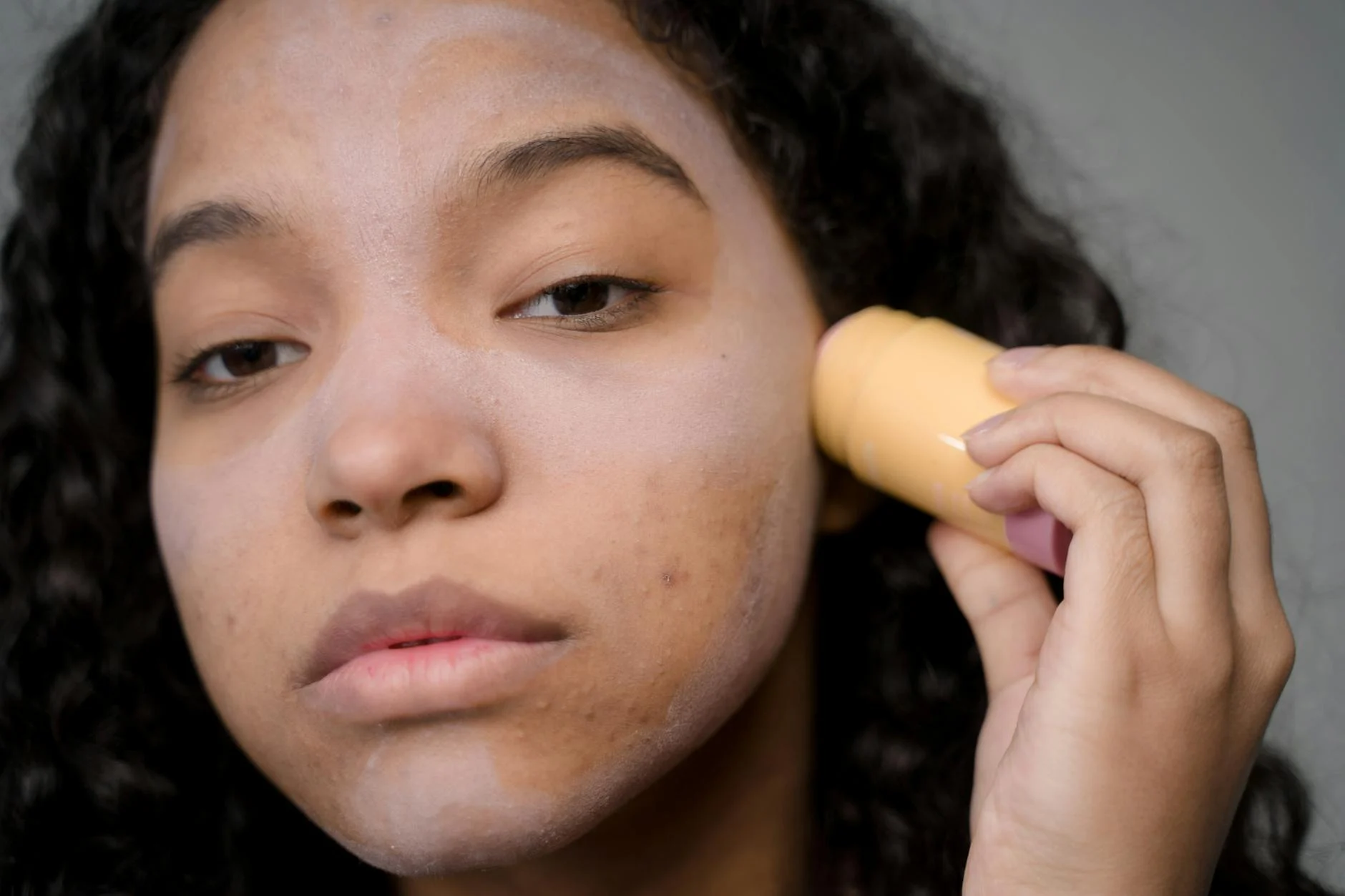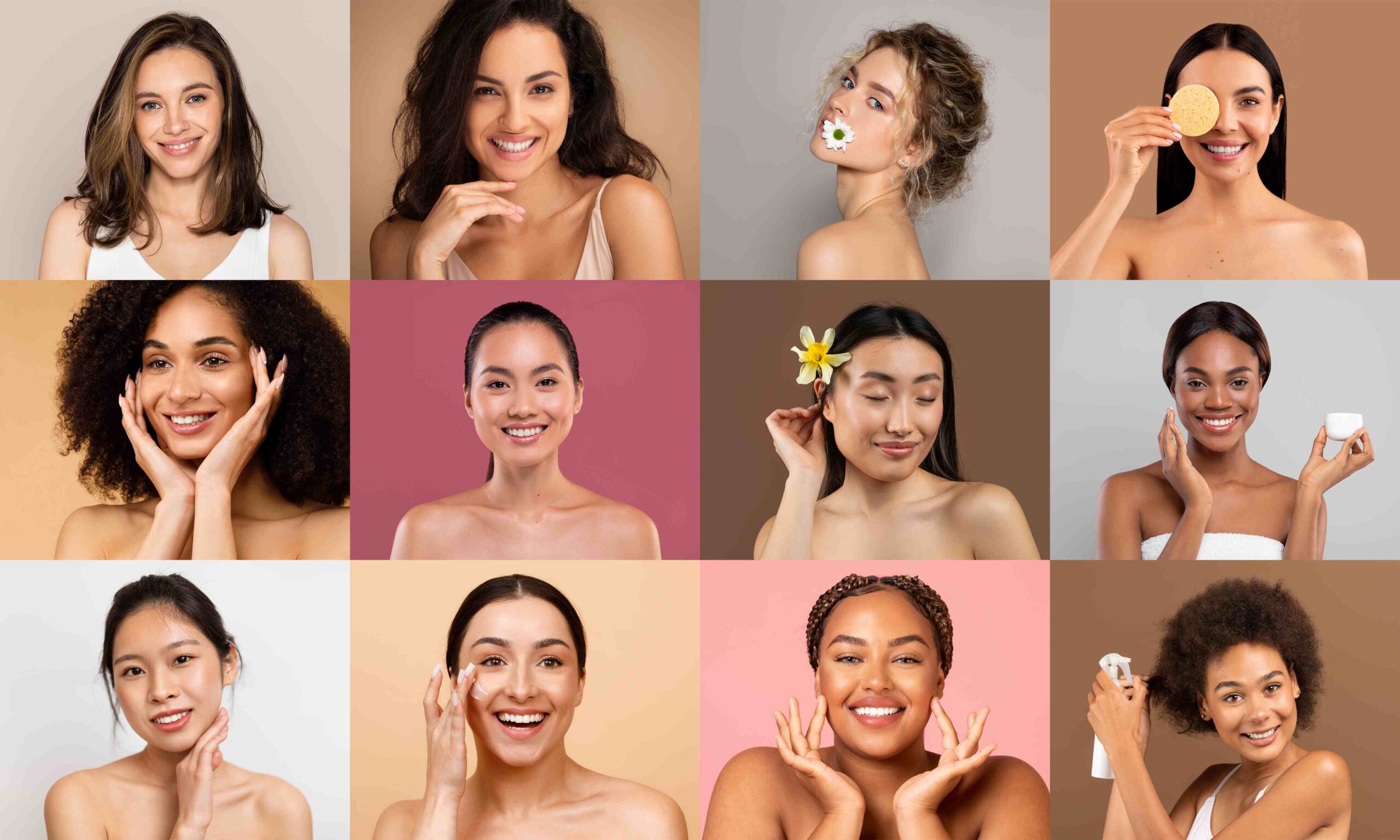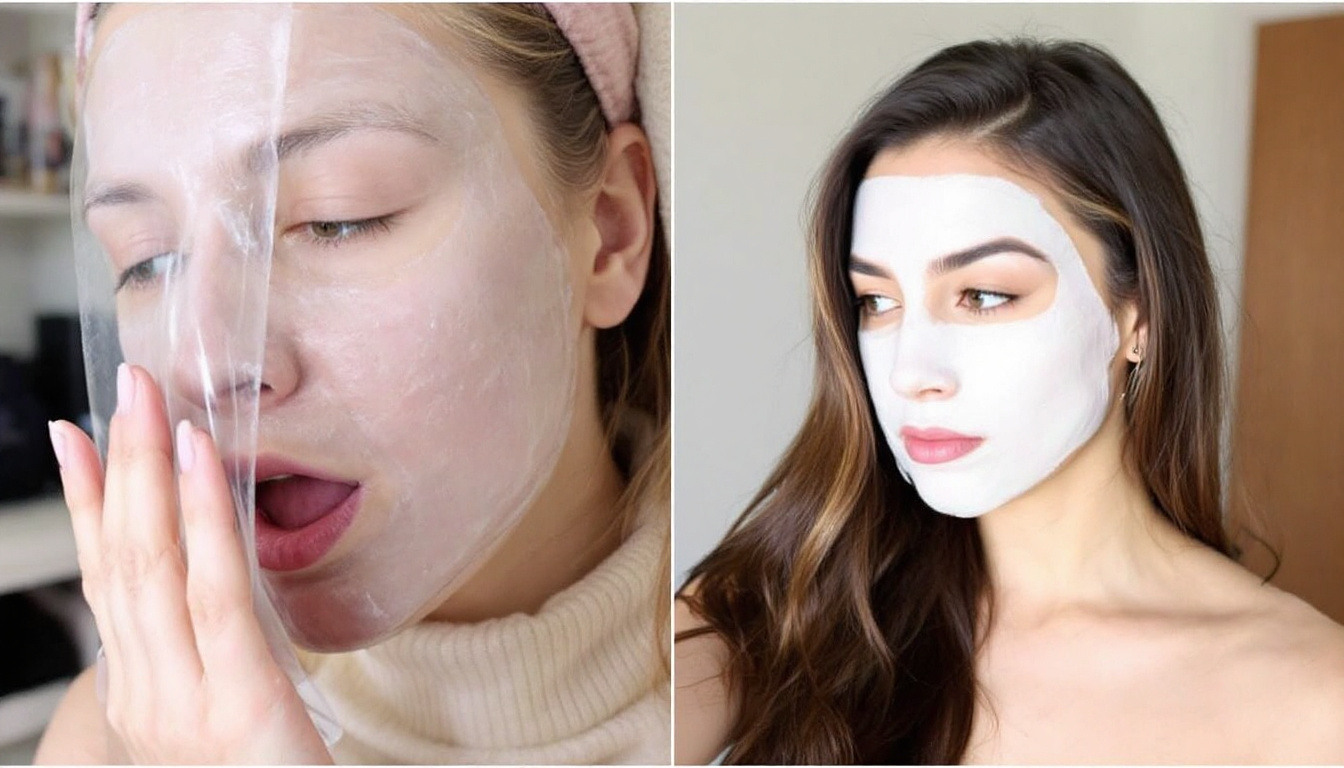If you’ve struggled with acne-prone skin, you know how hard it is to find products that actually work. That’s where Korean skincare comes in. Known for its gentle yet effective approach, it’s a favorite for soothing and clearing up breakouts. With unique steps like double cleansing and lightweight hydration, it focuses on treating skin without overloading it. In this post, I’ll share the best Korean skincare products that can help calm acne, reduce redness, and leave your skin looking healthier than ever.
Key Principles of Korean Skincare for Acne-Prone Skin
Korean skincare takes a fresh approach to treating acne-prone skin. Instead of harsh ingredients or stripping the skin, it focuses on balance and health. This philosophy is all about working with your skin, not against it. From hydration to barrier repair, it’s a method designed to keep your skin strong, calm, and less breakout-prone.
Hydration Over Drying Out Acne
I used to think drying out acne was the only way to control it. Many acne treatments push the idea that you need to “dry up” those blemishes with strong, stripping products. But here’s the twist: drying out your skin often makes things worse. When your skin’s surface gets too dry, it responds by producing even more oil. More oil can clog pores and lead to more breakouts—a vicious cycle.
That’s why hydration is a cornerstone of Korean skincare. Hydrating acne-prone skin doesn’t mean smothering it in heavy creams. Instead, it’s about lightweight, water-based products like toners, essences, and gel moisturizers that deliver moisture without clogging pores. Look for ingredients like hyaluronic acid, green tea, and centella asiatica, which hydrate while calming redness and irritation. Keeping your skin properly hydrated balances oil production and supports healing.
Importance of Gentle Care
Think about acne-prone skin like a fragile piece of fabric. Would you scrub it aggressively or treat it carefully? Korean skincare leans toward the latter. It’s all about gentleness—no harsh scrubs, no intense peels, no over-the-top drying masks. Why? Because too much force can lead to irritation or even damage your skin’s natural barrier, making acne worse.
Instead of grainy exfoliators or harsh chemicals, Korean products often use mild chemical exfoliants like AHAs, BHAs, or PHAs to remove dead skin cells without overdoing it. They also prioritize calming irritated skin with soothing ingredients like aloe vera, chamomile, or licorice root extracts. When skin feels calm and supported, breakouts feel less like a constant battle.
Strengthening the Skin Barrier
If acne-prone skin could talk, it might say, “Help! My barrier is broken.” When the skin barrier (the outermost layer of your skin) is compromised, it lets in irritants and loses moisture, which is a recipe for more breakouts. Korean skincare emphasizes barrier repair as a key to healthier, clearer skin.
What helps repair the skin barrier? Ceramides, probiotics, and fatty acids are at the top of the list. These ingredients strengthen that protective layer, ensuring your skin holds onto moisture and keeps harmful bacteria out. Think of it like building a fortress for your face—one that wards off breakouts and helps your skin heal faster after acne. Many Korean serums and creams are specifically formulated with these skin-barrier-boosting nutrients, helping you build resilience over time.
Korean skincare is like treating your skin with kindness. Instead of punishing it for breaking out, it focuses on restoring balance with hydration, gentleness, and barrier health. These principles make all the difference for acne-prone skin.
Key Ingredients in Korean Skincare for Acne
Korean skincare is packed with gentle yet powerful ingredients that address acne without irritating the skin. Many of these are rooted in natural remedies combined with modern formulations, making them highly effective for reducing breakouts and soothing skin. Let’s explore some of the key ingredients you’ll find in Korean products for acne-prone skin.
Tea Tree Extract
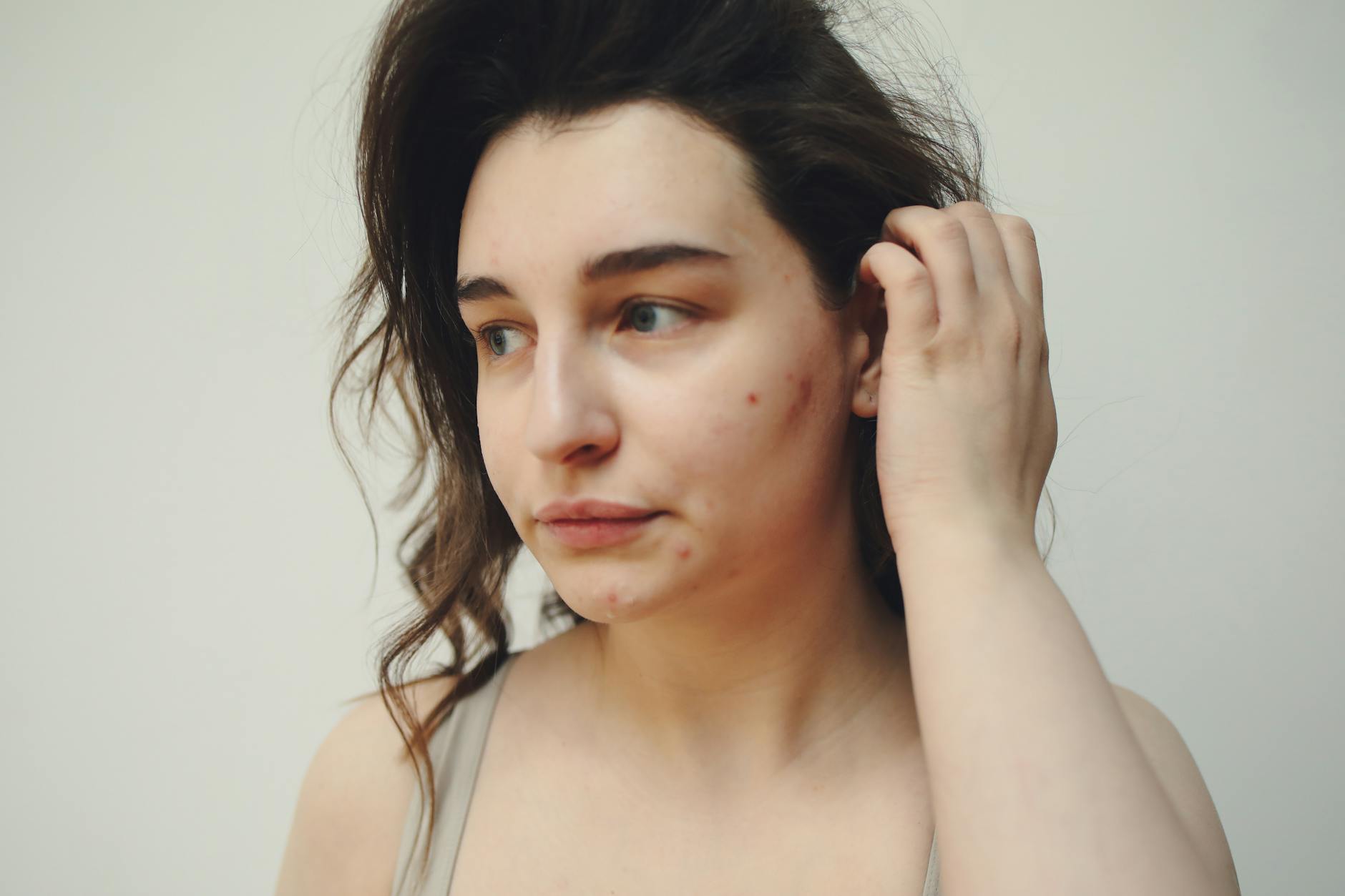
Photo by Polina Tankilevitch
Tea tree extract is a staple in Korean skincare, and for good reason. This natural ingredient is loved for its antibacterial and anti-inflammatory properties. When applied to acne-prone skin, it works like a natural defender, killing acne-causing bacteria and preventing new blemishes from forming.
But it’s not just about fighting bacteria—it also calms redness and irritation. That’s why tea tree extract is often included in toners, cleansers, and spot treatments. It keeps your skin clean without drying it out, which is crucial when managing acne.
Centella Asiatica
Centella Asiatica, or “Cica,” is a superstar ingredient in Korean skincare. Often referred to as “tiger grass” (because tigers are said to roll on it to heal wounds), it’s famous for calming irritated, acne-prone skin.
If your skin feels inflamed, whether from active pimples or post-breakout redness, Centella Asiatica can help. It reduces inflammation and promotes skin repair, speeding up the healing process. Plus, it’s packed with antioxidants that protect your skin in the long run. You’ll find Cica featured in creams, serums, and even soothing sheet masks.
Snail Mucin
It might sound unusual at first, but snail mucin is a goldmine for acne-prone skin. This K-beauty favorite is full of skin-loving nutrients like glycoproteins, hyaluronic acid, and glycolic acid. What does that mean for your skin?
- Repairs Acne Scars: Snail mucin helps fade scars and spots left by breakouts.
- Hydration: It keeps the skin hydrated without any heavy, pore-clogging feeling.
- Healing Power: If you’re dealing with damaged skin from picking at pimples (we’ve all been there), snail mucin aids in repairing the skin barrier.
Found in essences, serums, and moisturizers, this ingredient delivers hydration, healing, and a touch of radiance all at once.
Niacinamide
Niacinamide is like a multitasking hero for acne-prone skin. This form of Vitamin B3 tackles several issues at once—redness, oil control, and skin texture. If breakouts leave your skin looking uneven or blotchy, niacinamide can bring things back into balance.
Here’s what makes it stand out:
- Reduces Redness: It visibly calms the redness caused by inflamed pimples.
- Controls Sebum: Overproduction of oil contributes to acne, and niacinamide helps regulate this.
- Strengthens Skin: By boosting your skin’s barrier, it makes your skin more resilient over time.
Best of all, this ingredient is gentle enough for daily use, even on sensitive skin. You’ll find it in serums, toners, and lightweight moisturizers designed for acne-prone complexions.
These ingredients aren’t just buzzwords—you’ll find them frequently in Korean skincare because they work. Whether you’re battling active breakouts or trying to care for post-acne marks, these powerhouse ingredients can make a noticeable difference in your skin health.
The Korean 10-Step Skincare Routine for Acne-Prone Skin
Korean skincare can seem overwhelming at first, but the 10-step routine is all about personalization. If you have acne-prone skin, every step can be tailored to your needs. Think of it as giving your skin the care it deserves—like following a recipe with ingredients that work best for your face. Here’s how each step can help heal breakouts, calm inflammation, and strengthen your skin.
Step 1: Oil Cleanser
An oil cleanser is the first step to a clean slate. Acne-prone skin often battles excess sebum, sunscreen, and makeup that cling to the skin by the end of the day. Oil cleansers gently dissolve all of that without disrupting your natural skin barrier.
Why it matters: Even if your skin feels greasy, oil cleansers don’t make it worse. Like attracts like, so the cleansing oil binds to excess sebum and lifts it away. Plus, a clean base makes the rest of your routine more effective.
Step 2: Water-Based Cleanser
Double cleansing is a cornerstone of Korean skincare. After the oil cleanser, a water-based cleanser ensures that any residual debris—like sweat or leftover product—gets washed away.
This second step cleanses deeper into your pores without causing irritation or stripping natural oils. Use a gentle, sulfate-free formula designed for acne-prone skin to prevent clogged pores or dryness.
Step 3: Exfoliation
Exfoliating is essential, but acne-prone skin should keep it minimal—just once or twice a week. Chemical exfoliants like AHAs (alpha hydroxy acids) or BHAs (beta hydroxy acids) are better than physical scrubs for controlling breakouts.
- AHAs: Great for surface-level exfoliation, helping to brighten acne scars.
- BHAs: Penetrate pores to clear out oil and treat blackheads.
Go slow. Over-exfoliation can irritate the skin, making acne worse.
Step 4: Toner

Photo by Ron Lach
Toners in Korean skincare focus on hydration and balance, not drying out the skin. Acne-prone skin often struggles with dehydration, which can lead to overproduction of oil.
Look for toners with soothing ingredients like green tea, centella asiatica, or chamomile. These calm irritation, drink moisture into the skin, and prep it for the next steps.
Step 5: Essence
Essence might feel like an extra step, but it’s a game-changer for hydration and healing. Lightweight and packed with nutrients, they penetrate deeply to soothe irritated skin and improve texture.
For acne-prone skin, essences with snail mucin or niacinamide can provide hydration without clogging pores. They also aid in calming redness and promoting faster skin recovery.
Step 6: Treatment
This is where your skincare targets acne directly. Treatments like serums or ampoules are concentrated with active ingredients to tackle issues like pimples, redness, or leftover scars.
- Tea tree oil: Kills bacteria that cause breakouts.
- Niacinamide: Reduces inflammation and balances oil.
- Vitamin C: Fades acne scars over time.
Apply these in small amounts and only where needed—your skin doesn’t need a heavy hand here.
Step 7: Sheet Mask
Sheet masks feel like pampering, but they’re also practical. For acne-prone skin, look for ones with soothing ingredients like aloe vera, green tea, or cica (Centella Asiatica). These calm inflamed skin and give a boost of hydration without clogging pores.
Pop one on once or twice a week, sit back, and let it work its magic.
Step 8: Eye Cream
Sometimes we forget about the eyes, but keeping this area moisturized supports overall skin health. Use a lightweight, hydrating eye cream to prevent dryness and fine lines here. While it won’t directly help with acne, healthy eye skin completes the picture of balanced, cared-for skin.
Step 9: Moisturizer
Lightweight, non-comedogenic moisturizers are perfect for acne-prone skin. They hydrate without feeling heavy or clogging pores.
Look for formulas with gel textures and ingredients like hyaluronic acid or green tea extract. Even if your skin feels oily, don’t skip this step. Dehydrated skin can produce more oil, leading to—you guessed it—more breakouts.
Step 10: Sunscreen
Sunscreen is a must—even for acne-prone skin. Sun exposure can worsen acne scars and make inflammation harder to heal.
Choose a sunscreen that’s lightweight, non-comedogenic, and specifically labeled for sensitive skin. Ingredients like centella asiatica or zinc oxide offer gentle care while protecting your skin from harmful UV rays.
Each step in this Korean skincare routine serves a purpose. When tailored correctly, it doesn’t just fight acne—it builds a strong foundation for healthier skin every day.
Best Korean Skincare Brands for Acne-Prone Skin
When it comes to acne-prone skin, choosing the right brand can make all the difference. Korean skincare brands stand out for their science-backed formulas and ability to soothe sensitive, acne-prone skin without harsh ingredients. Below, I’ve rounded up the best brands tailored for tackling breakouts while nurturing your skin.
COSRX

Photo by Towfiqu barbhuiya
COSRX is often the first brand that comes to mind for acne-prone skin, and it’s easy to see why. They focus on simple, high-performing formulas that deliver results without irritating sensitive skin. Their products are like a no-nonsense best friend for your face—straightforward, effective, and always reliable.
One standout is their AHA/BHA Clarifying Treatment Toner, which exfoliates gently to remove dead skin cells and prevent pore blockages. COSRX’s Acne Pimple Master Patches are another fan-favorite. These hydrocolloid patches work like magic on active breakouts, drawing out impurities and speeding up healing.
What’s great about COSRX is their minimalist approach. They avoid unnecessary fillers and use targeted ingredients, like salicylic acid for clearing pores and centella asiatica for soothing redness. If your skin needs clarity and calm, COSRX has your back.
Laneige
Laneige might be known for their hydration game, but they’re also a hidden gem for acne-prone skin. Their lightweight, water-based formulations are perfect for hydrating without clogging pores.
Take their Water Bank Blue Hyaluronic Cream—it’s packed with blue hyaluronic acid, which deeply hydrates and repairs the skin. For sensitive, acne-prone skin, hydration is key, and Laneige nails this balance. Even their hydrating sleeping masks, like the Water Sleeping Mask, offer plump, healthy skin without irritating ingredients.
What really makes Laneige stand out is their ability to deliver moisture while keeping it light and breathable. Heavy creams may feel suffocating for acne-prone skin, but Laneige avoids that, proving hydration doesn’t always have to come with thickness.
Some By Mi
If you’ve spent any time exploring acne-focused Korean skincare, you’ve probably heard the buzz around Some By Mi’s AHA, BHA, PHA 30 Days Miracle line. This brand has made a name for itself by combining gentle chemical exfoliants to tackle all angles of acne care.
Here’s why this product line is a must-try:
- AHA: Works on the skin’s surface to exfoliate dead skin cells and brighten dullness.
- BHA: Penetrates deeper into pores to clear out sebum and prevent blackheads.
- PHA: Offers mild exfoliation while locking in hydration, perfect for sensitive types.
Their 30 Days Miracle Toner cleanses without being overpowering, making it ideal for redness and inflamed skin. Plus, the formulations include soothing tea tree oil and centella asiatica to reduce irritation. Whether you’re fighting active breakouts or maintaining clearer skin, Some By Mi makes it easy with their effective and affordable options.
Etude House
Etude House may be famous for their playful packaging, but they’re more than just a pretty face. Their products, like the SoonJung line, are surprisingly effective for acne-prone and sensitive skin.
The SoonJung pH 5.5 Relief Toner is a standout, designed to balance your skin’s pH while calming irritation. Made with soothing ingredients like panthenol and madecassoside, it’s perfect for skin that feels angry, red, and inflamed.
Etude House also shines in the cleansing category. Their SoonJung pH 6.5 Whip Cleanser offers a rich, gentle foam that removes impurities without stripping the skin of its natural oils. This makes it ideal for individuals who want to cleanse thoroughly without disrupting their moisture barrier.
Behind the youthful branding lies a commitment to gentle products that work with your skin’s needs. If you’re looking for a no-fuss, approachable option, Etude House is worth checking out.
Tips for Choosing Korean Skincare Products for Acne-Prone Skin
When you’re dealing with acne-prone skin, selecting the right skincare products can feel overwhelming. Korean skincare offers gentle yet effective solutions, but knowing what to look for is essential. Here’s how to choose products that won’t just minimize breakouts but also support healthier skin overall.
Understand Your Skin Type
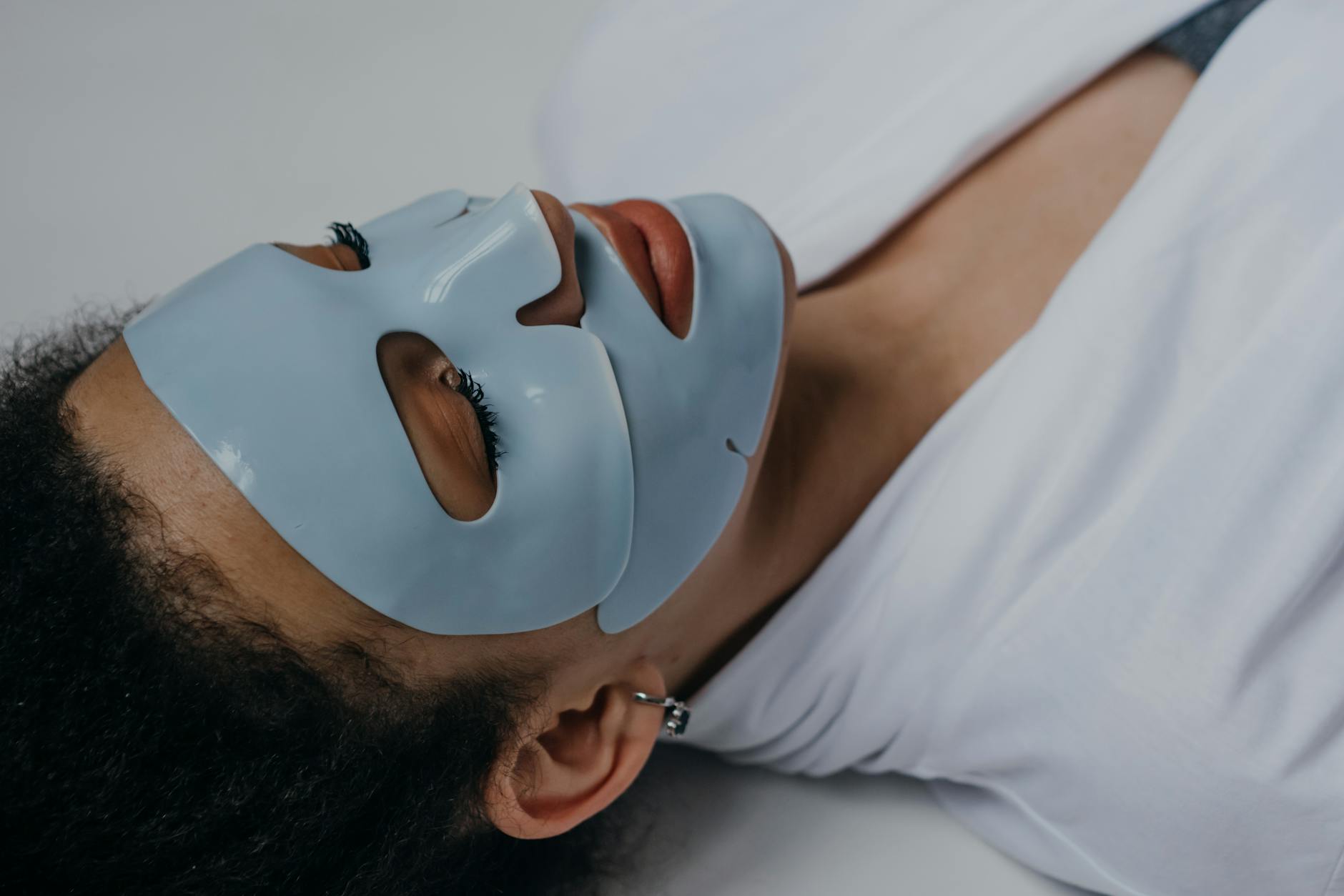
Photo by Polina ⠀
The first step in acne care is understanding your skin type. Is your skin oily, combination, or sensitive? Each type has unique challenges, especially when it comes to managing acne.
- Oily skin: Prone to excess sebum, which can clog pores and lead to more breakouts. Lightweight, mattifying products work best here.
- Combination skin: Balancing is key. Some areas need hydration (like cheeks), while oily zones (like your T-zone) need oil control.
- Sensitive skin: Easily irritated by harsh or overly complex formulas. Stick with simple, calming products that soothe redness.
Knowing your skin type helps you pick products that target issues without making things worse. Don’t assume all acne products work for everyone—your skin type determines what will truly help.
Look for Non-Comedogenic Labels
If you’ve ever felt like your skincare is making acne worse, it might be clogging your pores. That’s where non-comedogenic products come in. These are specifically designed not to block pores, reducing the chance of new acne forming.
When browsing Korean skincare, check for terms like “non-comedogenic” or “for acne-prone skin” on the label. This is particularly important with moisturizers, sunscreens, and makeup removers. A product might seem lightweight but could still clog pores if it doesn’t explicitly say it’s non-comedogenic.
Patch Testing
Even with the best intentions, new products can sometimes cause flare-ups. This is why patch testing is an absolute must.
How do you patch test? Apply a small amount of the product to an inconspicuous area, like your jawline or the inside of your wrist. Leave it on for 24–48 hours to see if there’s any reaction.
This quick step can save your skin from redness, irritation, or unexpected breakouts. It’s tempting to jump right into a new product, but a little patience goes a long way.
Avoid Harsh Ingredients
Not all acne treatments are created equal. Many harsh ingredients can strip your skin and make things worse, even if they promise quick results.
- High alcohol content: Alcohol-heavy products give a tight, “clean” feeling but usually dry out your skin completely. Dry skin produces more sebum as a reaction, creating a cycle of breakouts.
- Strong fragrances: Fragments may irritate sensitive or acne-prone skin, leading to redness or inflammation. Instead, look for fragrance-free or lightly scented options.
Instead, seek out Korean products with calming ingredients like centella asiatica, green tea, or aloe vera. These soothe inflammation and promote healing without being overly aggressive.
Korean skincare is all about balance—choosing well will help you achieve clear, calm skin without causing unnecessary irritation. When in doubt, keep it simple and avoid products promising instant transformations; good skincare is a process, not a quick fix.
Finding the right Korean skincare for acne-prone skin can truly transform how your skin looks and feels. It’s not just about reducing breakouts—it’s about nurturing your skin with care and patience. Key ingredients like tea tree, centella asiatica, and snail mucin can make a notable difference when used consistently.
Acne care isn’t a one-size-fits-all solution. What works for someone else might not work for you, and that’s okay. Take time to test products and listen to what your skin needs. Progress might feel slow, but each small step gets you closer to healthy, balanced skin.
Start building a routine that supports your skin, and don’t be afraid to experiment within reason. What matters most is sticking with it. Patience and consistency will always pay off in the long run. What’s your favorite Korean skincare product for acne? Let me know—I’d love to hear what’s helped you!
You May Also Like
Can Your Diet Improve Your Skin? Best and Worst Foods to Know
Zendaya’s Favorite Drugstore Skincare Products You Can Actually Afford
Does Drinking Water Improve Your Skin? Separating Facts From Fiction

